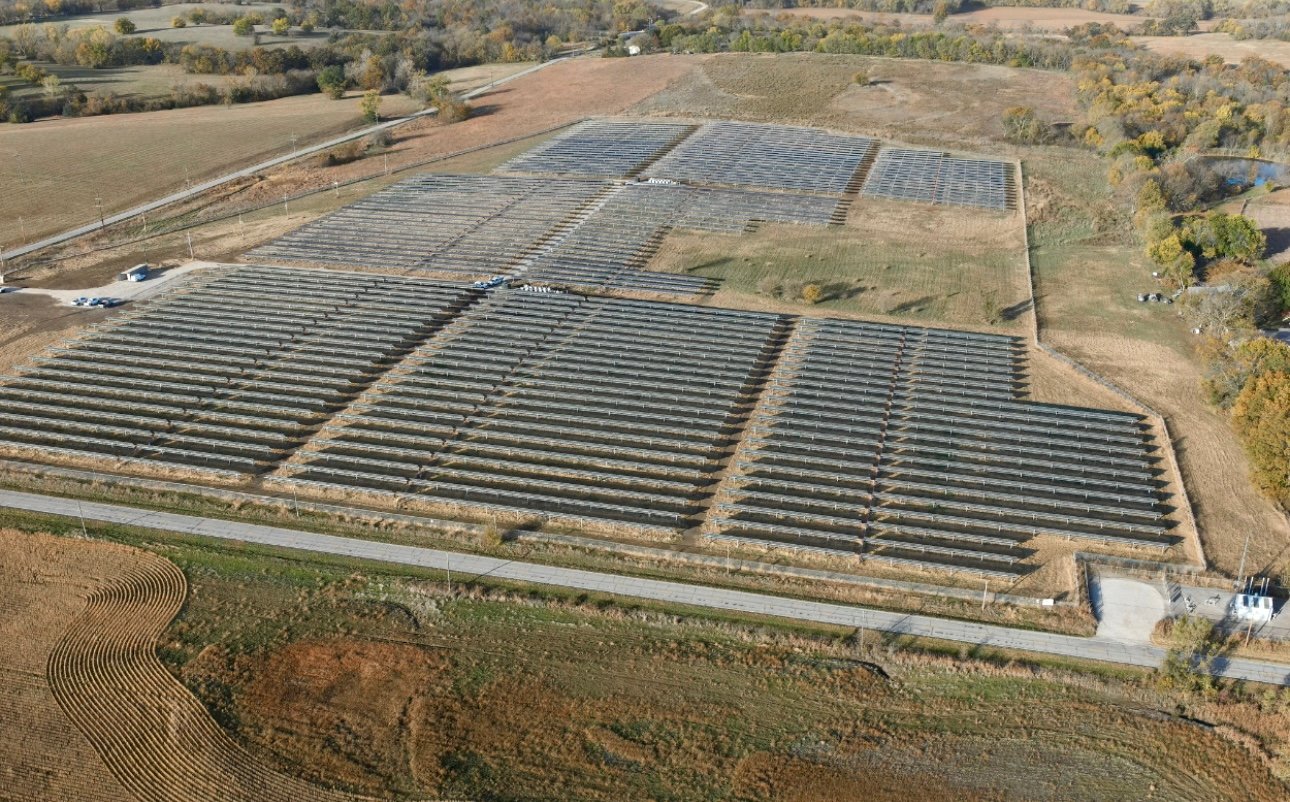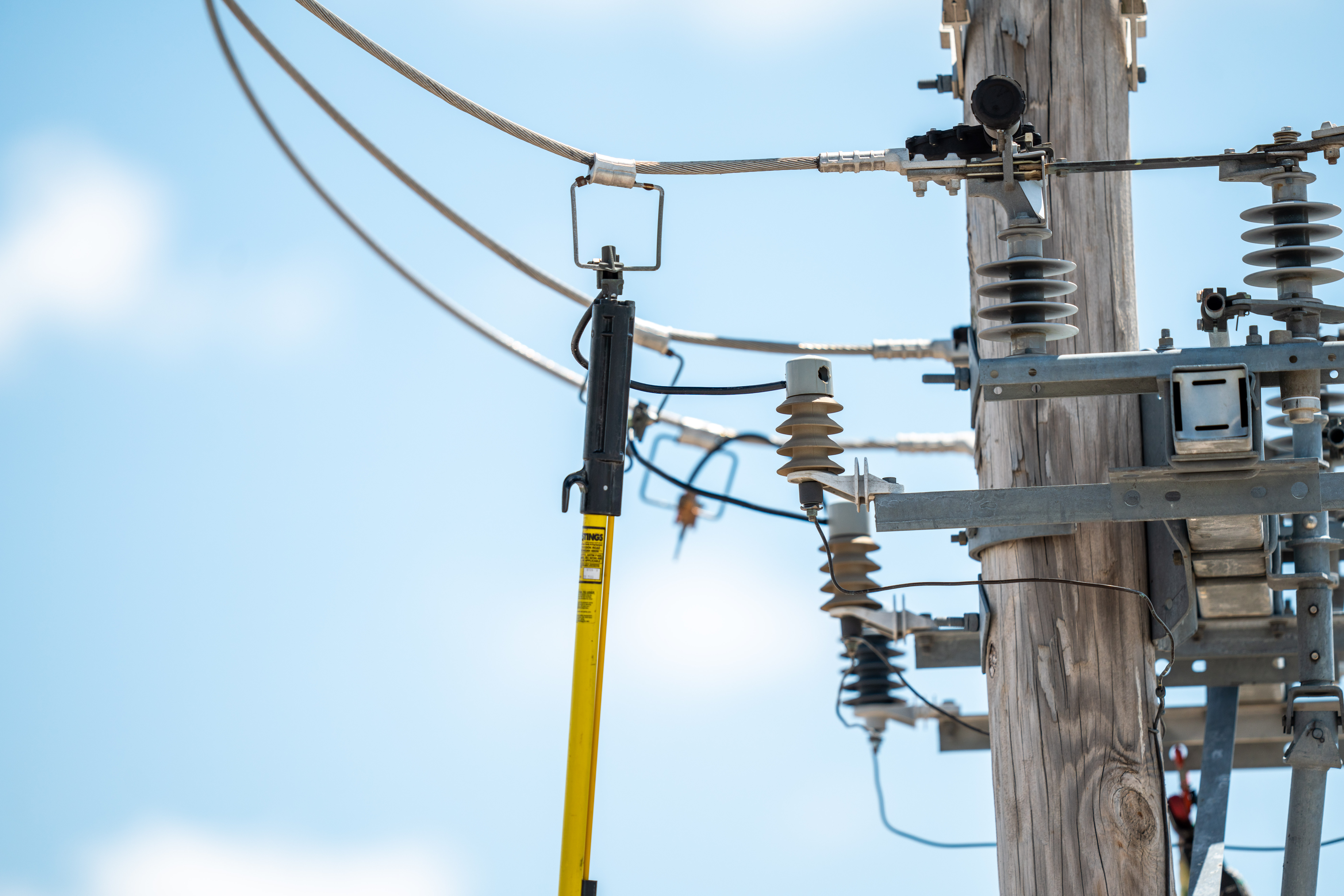Case Study: Osawatomie Solar Array
Evergy is committed to providing our customers with cost-effective, reliable renewable energy solutions to help build a more sustainable future....
1 min read
 John Sampler
:
May 6, 2022 8:45:00 AM
John Sampler
:
May 6, 2022 8:45:00 AM

In the United States, there are more than 22,000 electric generators on about 10,000 electric power plants connected to an intricate system that brings us power. When most people flip on a light switch, they don’t think about where their power came from or how it got there.
In fact, most consumers of electricity aren’t aware of what congestion is or how it impacts power being supplied to their homes or businesses. However, for municipalities, cooperatives, and other power suppliers, managing congestion is a key piece of the puzzle.
Power Congestion Explained
Power congestion is a complex and constantly changing issue that can pose significant financial risk for customers who lack a congestion management plan. To understand the risks of congestion, it’s important to understand how congestion works.
In a nodal market, the price a generator receives or the price load pays is referred to as the LMP (locational marginal pricing). LMPs are made up of three components: energy, congestion, and losses. The energy price portion will be the same for all nodes in a specific Independent System Operation (ISO). The congestion and loss components will vary from node to node.
Power flows in the path of least resistance. When too much energy is flowing across power lines, the ISO will alter the congestion component to change generation patterns, therefore relieving the constraints.
For municipalities and cooperatives, the biggest risk of congestion is unexpected cost, which can be significant when left exposed to the volatility of the market. Cities are often locked into annual budgets. Unfortunately, if the cost of power is significantly higher than expected, it can cause higher cost of business in the future. Put simply, it would be beneficial for municipalities to have congestion management to avoid these risks.
The key to mitigating these long-term risks is portfolio diversification, with varying fuels, technologies, renewables, and contract terms. Invest in a variety of renewable and non-renewable sources that provide a cost-effective, constant power supply that can all work together to provide security even for unusual circumstances, like extreme weather events.
Managing power congestion requires constant attention to real-time and day-ahead models. Many customers do not have the resources to run models and analytics on their own. Evergy Energy Partners has decades of experience running models to help our customers mitigate the risks of congestion for their power supply.
Contact us to learn more about our congestion management solutions.

Evergy is committed to providing our customers with cost-effective, reliable renewable energy solutions to help build a more sustainable future....

People's Electric Cooperative (PEC), an electric cooperative serving rural areas in south-central Oklahoma, joined forces with Evergy Energy Partners...

The energy landscape of the United States is rapidly changing, driven by a focus on clean energy and the need for a more flexible and resilient grid....